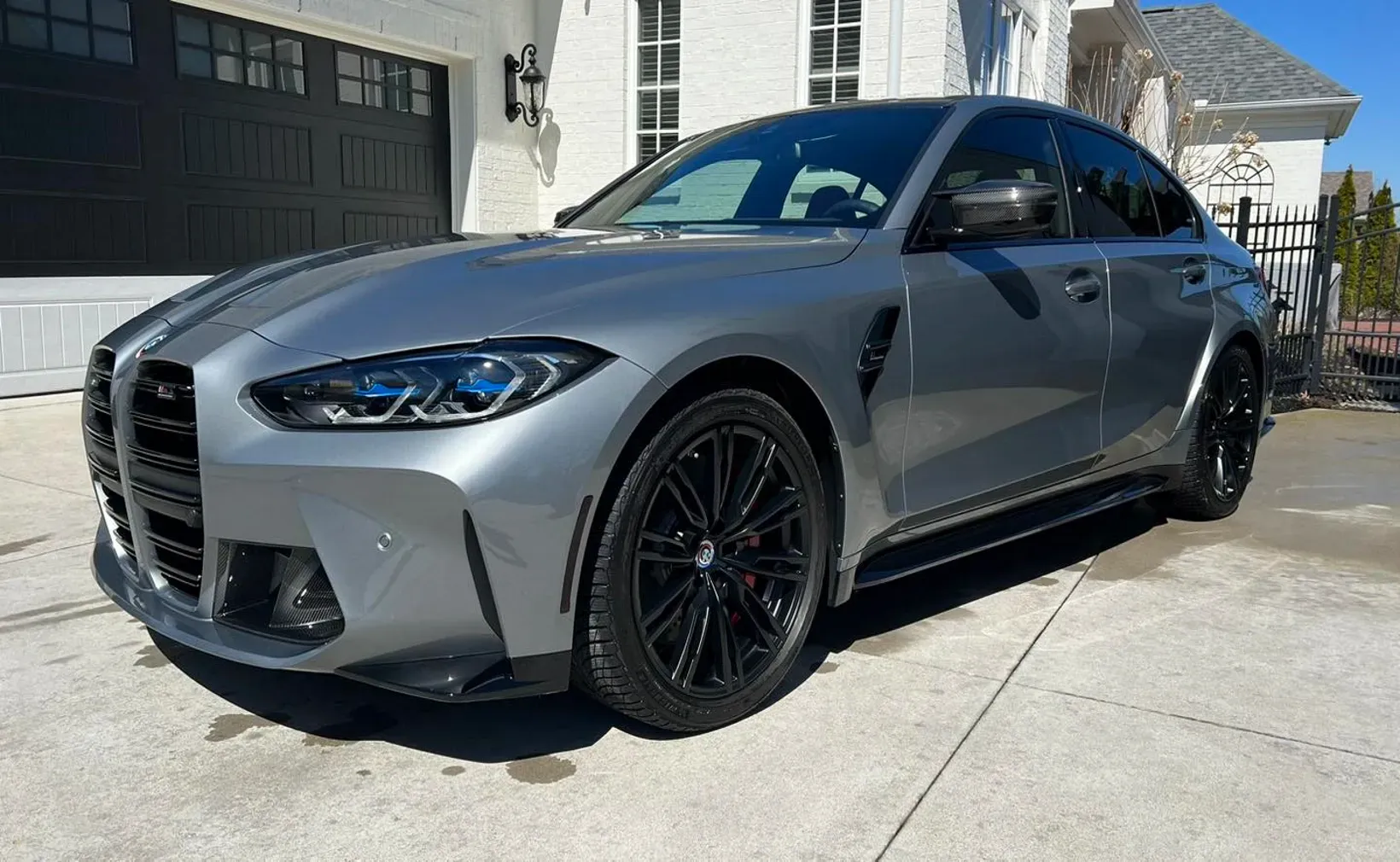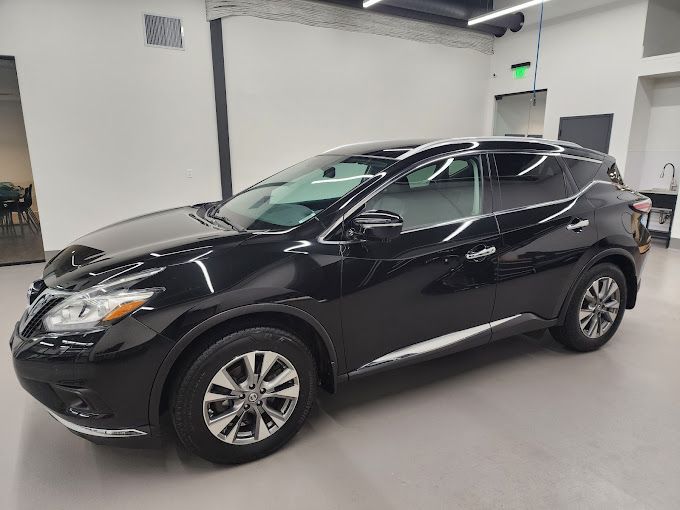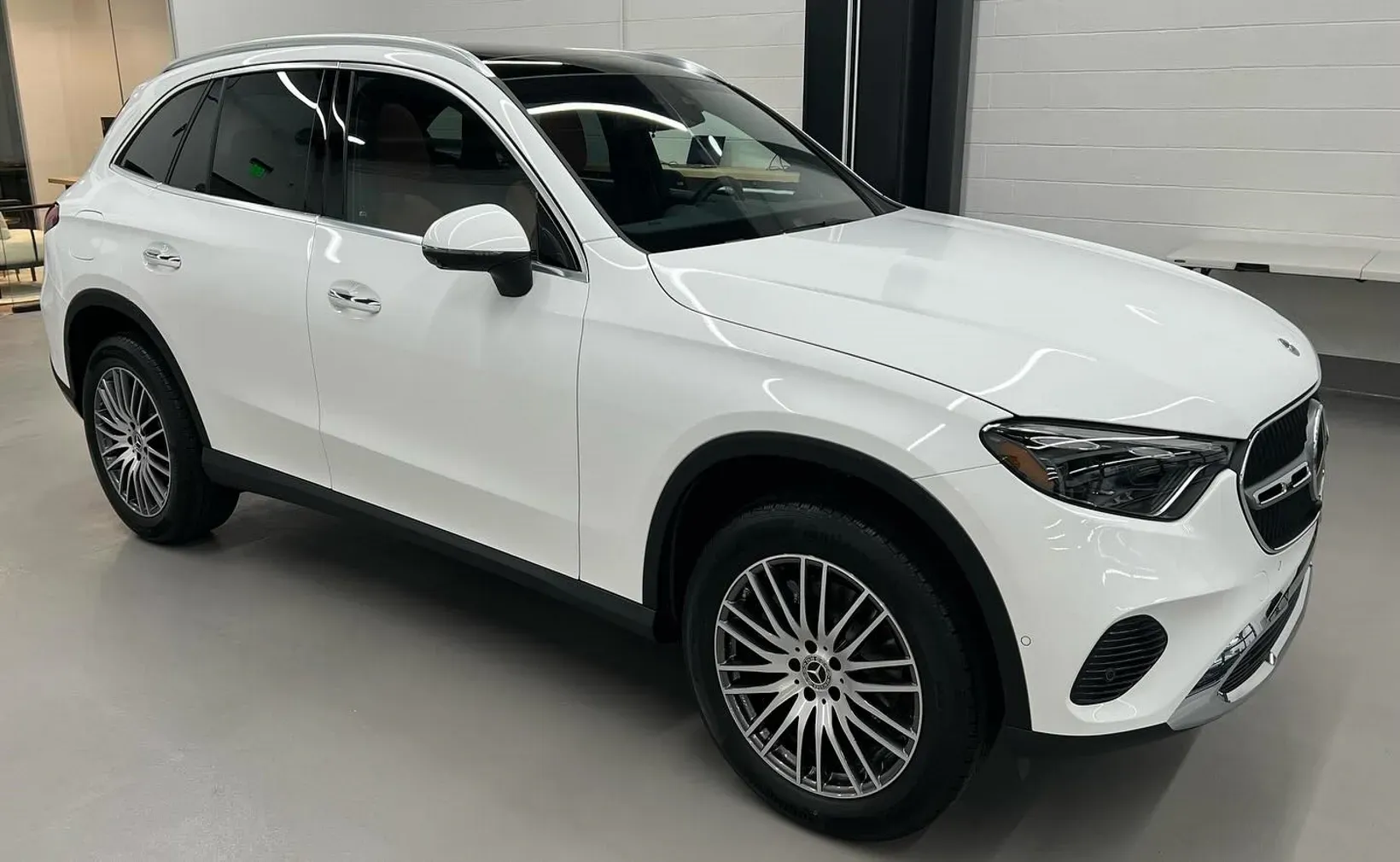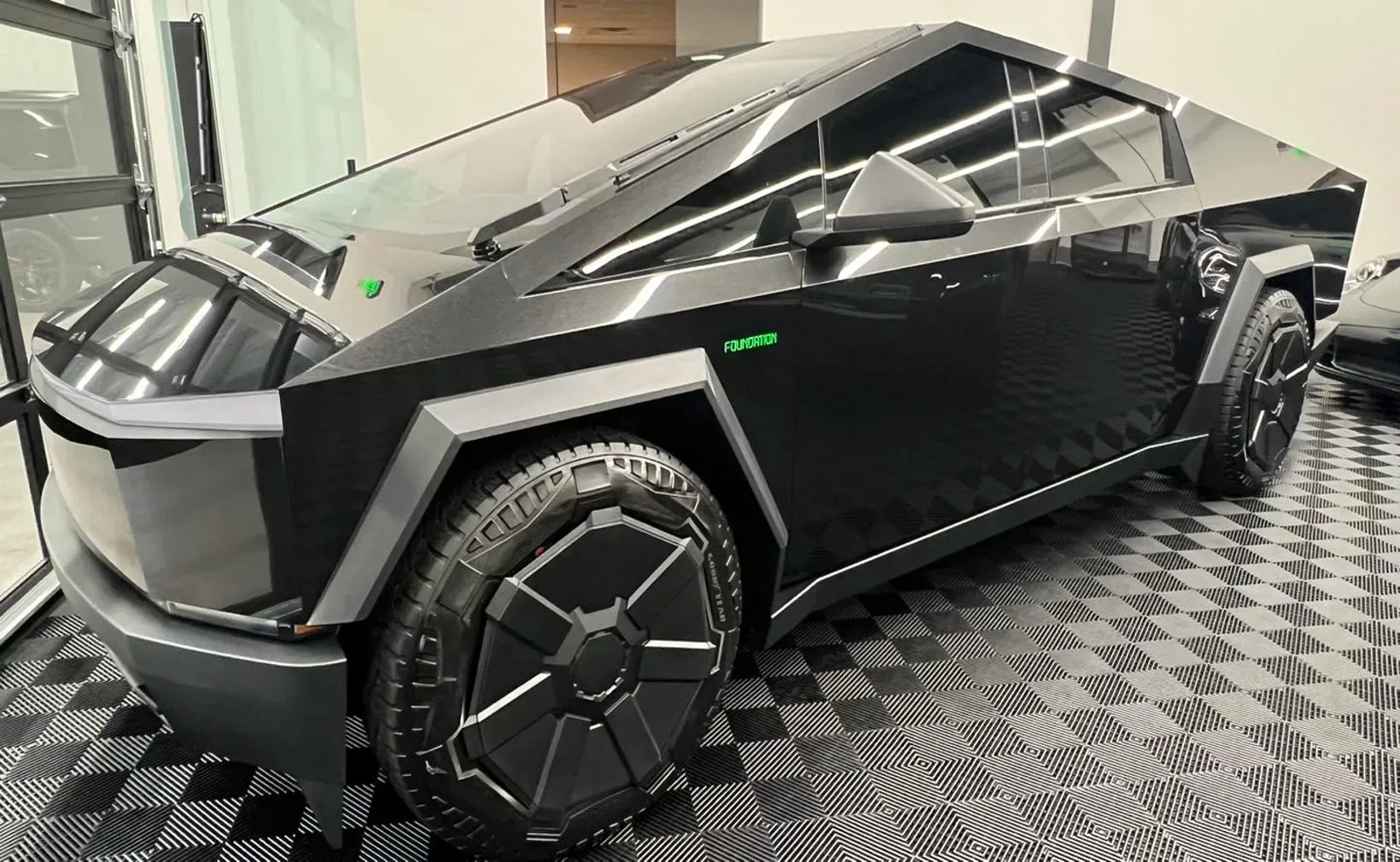How to Install Paint Protection Film: Step-by-Step Guide for Car Protection
(513) 544-4254Putting paint protection film (PPF) on your car is a careful task that requires patience. If done improperly, it can leave unsightly bubbles or wrinkles, ruining both the finish and the protection of your car's paintwork. But do not worry; just because it appears difficult at first glance does not mean it is impossible for you to complete. Let's begin with understanding what PPF is and why preparation before installing it matters greatly.
WHAT IS PAINT PROTECTION FILM?
Paint protection film, often referred to as PPF, acts as an invisible shield against the daily wear and tear that your vehicle encounters. This transparent, self-healing urethane material serves as a barrier, safeguarding the paint from various elements, including rock chips, scratches, bug splatter, and other minor abrasions. Visualize it as a protective force field that wraps around your car's vulnerable areas.
Vehicles often bear the brunt of debris and environmental hazards on the road. From loose stones to insects, these hazards can cause unsightly damage to the exterior paint. PPF acts as a resilient shield against such impacts, providing a layer of defense to maintain the pristine appearance of your vehicle.
For instance, high-impact areas such as the hood, bumpers, fenders, and side mirrors are particularly susceptible to damage from road debris and environmental contaminants. These areas are prone to receiving scratches, dents, and chips due to their exposure during everyday driving. By applying PPF to these vulnerable spots, you create a protective barrier that helps maintain the original finish, ensuring your vehicle looks newer for longer.
One of the key advantages of PPF is its ability to be nearly invisible when applied correctly. This means that while it provides high-level protection for your vehicle's exterior finish, it doesn't compromise the aesthetics or visual appeal of your car. In other words, you can protect your vehicle without altering its appearance.
Having gained a clear understanding of paint protection film and its vital role in safeguarding your vehicle's exterior, it's time to explore the necessary steps for preparation before installation.
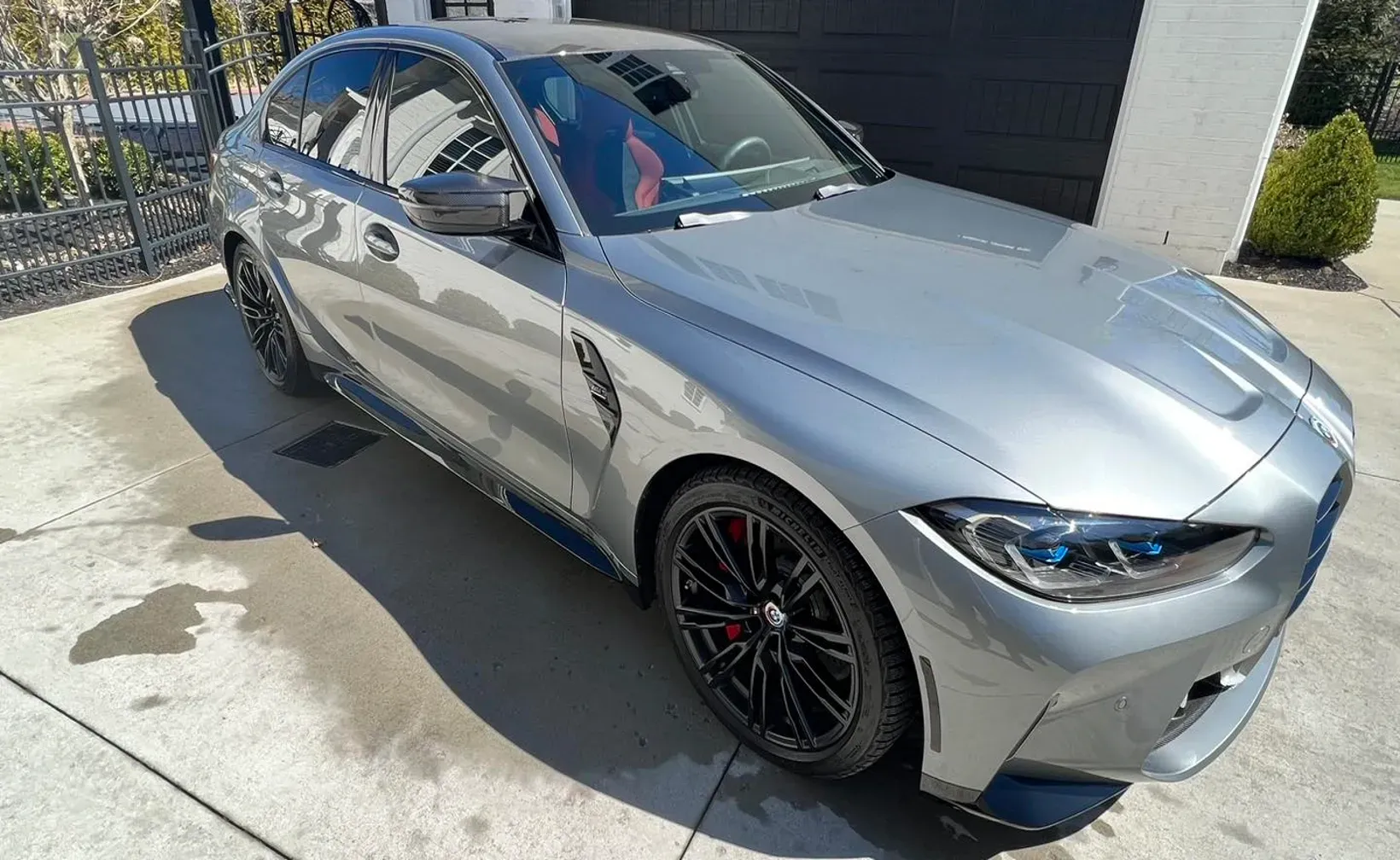
Necessary Preparation before Paint Protection Film Installation
Before diving into the installation of paint protection film (PPF) on your car, it's crucial to prepare both the vehicle and the workspace thoroughly. Proper preparation will not only ensure that the PPF adheres correctly but also minimize the risk of imperfections during application.
Surface Cleaning
To achieve a seamless and durable application, the vehicle's paint surface must be spotless. Even the tiniest speck of dirt or contaminants can compromise the integrity of the film once it is installed. Follow these essential steps for thorough surface cleaning:
- Start by washing the entire vehicle with car wash shampoo and water to remove any dirt, dust, or grime.
- After rinsing, use a clay bar to effectively remove any remaining contaminants from the surface.
Furthermore, make sure to dry the vehicle completely using a microfiber cloth or a clean, lint-free towel. This step is crucial, as any residual moisture can negatively affect the installation process and potentially trap moisture under the film.
Area Inspection
Before proceeding with the installation, closely inspect the areas where the PPF will be applied. Look out for existing damage, such as scratches, dents, or imperfections in the paintwork. It's essential to address these issues beforehand to ensure a flawless finish.
For example, if there are minor scratches or imperfections, consider addressing them through paint correction before applying the PPF. By addressing these issues early on, you're setting the stage for a smooth and successful installation process without any unwanted blemishes.
Once all damages have been addressed and corrected, it's important to wipe down the areas with a mild alcohol solution to remove any remaining residues and ensure optimal adhesion of the PPF.
Environmental Consideration
Creating a suitable workspace is vital for an effective PPF installation. Here are some key environmental considerations:
- Well-lit Workspace: Adequate lighting is essential for precision during installation. It allows you to detect imperfections and properly align the film.
- Dust-Free Environment: Any airborne particles can compromise the installation process by getting trapped under the film. Choose a workspace free from dust and debris.
- Ventilation: Working in a well-ventilated area helps dissipate fumes from cleaning solvents and promotes a comfortable working environment.
With proper surface cleaning, meticulous area inspection, and careful environmental considerations in place, you've set up an ideal foundation for a successful installation of paint protection film on your vehicle.
Now that you have meticulously prepared your vehicle and workspace for PPF installation, let's move on to explore the tools and materials required for this intricate process.
Tools and Materials Required for Installation
When it comes to installing paint protection film (PPF) on your car, having the right tools and materials is crucial for a successful DIY application. It's not just about sticking the film on - it's about doing it neatly and professionally to ensure that your car gets the protection it deserves. So, let's talk about the tools and materials you need to get started.
Tools
To ensure a smooth installation process, you'll need a few essential tools:
- Heat Gun: This helps to soften the PPF, making it more pliable and easier to shape around curved surfaces on your vehicle.
- Squeegee: A good quality squeegee is essential for smoothing out the film and pushing out any air bubbles during the application process.
- Precision Cutting Knife: This aids in trimming the film precisely to fit your vehicle's specific contours.
- Spray Bottle with Soapy Solution: A mild soapy solution helps the film slide easily into place when you're positioning it on your vehicle.
- Microfiber Towels: Useful for cleaning and drying the surface of your vehicle before applying the PPF.
These tools are vital for achieving a professional finish, ensuring that the film adheres seamlessly to your car's contours without any imperfections or trapped air bubbles.
Materials
Equally important are the materials you'll be working with:
- Quality Paint Protection Film: Look for PPF sourced from reputable manufacturers known for producing high-quality, durable films designed to shield your vehicle from road debris, scratches, and other environmental hazards.
- Pre-Cut or Custom-Cut PPF: Depending on your preference and expertise level, you can choose between pre-cut PPF tailored for specific vehicle models or opt for custom-cut PPF based on templates for an exact fit.
Quality PPF is your first line of defense against chips, scratches, and stains. Whether you decide on pre-cut options for simplicity or custom-cut solutions for precision, selecting top-tier material ensures that your vehicle receives superior protection with a seamless, professional finish.
Step-by-Step Guide to Applying Paint Protection Film
Installing paint protection film may seem daunting but with careful attention to detail and the right techniques, you can achieve a professional result. Here's a step-by-step guide to help you apply paint protection film effectively to safeguard your vehicle's paintwork.
Step I - Surface Preparation
Before you begin, it's crucial to ensure that the surface is impeccably clean and free from any contaminants that could compromise the adhesion of the PPF. Start by washing the vehicle thoroughly with a gentle car shampoo and water. Once the surface is clean, use an automotive clay bar to remove any embedded dirt, tar, or other impurities.
This step is critical, as any leftover residue or contaminants can cause imperfections or air pockets under the film, affecting its appearance and protective capabilities. The smoother the base, the more flawless the final result.
Step II - Applying the Film
Carefully position the PPF over the designated area, ensuring it aligns correctly with the vehicle's contours and edges. When aligning the film, make sure it sits neatly along edges and curves, providing complete coverage while avoiding excessive overlap that may create unsightly bulges or edges prone to lifting.
Applying paint protection film demands precision; therefore, take your time and utilize masking tape as a guide to mark off areas where you will apply the film. Patience is key, as ensuring accurate placement at this stage avoids reworking and potential wastage of film material.
Step III - Squeegee Technique
Once the film is positioned, use a squeegee to push out any air bubbles and excess moisture from under the film. This process ensures proper adhesion and results in a smooth finish that seamlessly blends with your vehicle's contours.
Step IV - Trimming Excess Film
After successfully pressing out air bubbles, it's time to trim the edges of the PPF precisely to fit the contours of your vehicle. Utilize a sharp cutting knife and exercise great caution during this process, as cleanliness and precision are crucial for achieving a seamless blend between the film and your vehicle's surface.
Trimming excess film requires meticulousness. A steady hand and patience are essential here to avoid unnecessary pressure that may slip and damage your car’s surface. The goal is for your film edges to be virtually invisible when perfectly tailored to your vehicle’s shape.
Step V - Final Inspection
Inspect the installed film for any imperfections, air bubbles, or misalignments. Addressing these issues immediately ensures a high-quality installation that provides reliable protection for your vehicle's paintwork.
By carefully following these steps, you can successfully apply paint protection film to your vehicle, enhancing its durability and preserving its aesthetics for years to come. Each stage contributes significantly to achieving a professional-grade finish, showcasing your attention to detail in caring for your vehicle.
When it comes to maintaining quality after installing paint protection film, there are several crucial factors to keep in mind to ensure longevity and effectiveness. Let's now explore how you can maintain the quality of your paint protection film post-installation.
Ensuring Quality Post-Installation
After the installation process is complete, it's crucial to inspect the entire surface of the PPF for any signs of imperfection. Check for bubbles, wrinkles, or trapped debris that may have been overlooked during the initial installation. Bubbles can form due to inadequate smoothing or excess moisture during application, which could compromise the protective qualities and aesthetics of the film.
To address any bubbles or wrinkles, gently apply pressure with a squeegee in a downward motion towards the nearest edge to release trapped air. Take caution not to scratch the film during this process.
Post-installation detailing is also vital for ensuring a flawless finish. A high-quality automotive detailing spray can be used to give the PPF a final cleaning.
It’s also essential to check if the edges of the film are properly adhered to the surface. Any lifted edges could become an entry point for debris or moisture, leading to potential damage and a compromised protective barrier. To ensure secure adhesion along the edges, warm air can be directed at these areas using a heat gun or a hairdryer on low heat to activate the adhesive and achieve better bonding.
Taking the time for a thorough post-installation inspection and detailing will not only enhance the overall appearance of the PPF but also improve its performance in providing lasting protection for your vehicle against environmental elements and road hazards.
Troubleshooting Common Installation Problems
Installing paint protection film can be a bit tricky, and it's common to face some challenges during the process. Here are the typical issues DIY enthusiasts might encounter and some expert tips on how to troubleshoot these problems.
Air Bubbles
Air bubbles are a common issue when installing PPF. If you notice small air bubbles forming under the film, you can use a heat gun to warm up the area and carefully push the bubbles toward the edges. This will help release the trapped air. Start from the center of the bubble and move outward. Caution is advised not to overheat the film, as excessive heat can damage it.
Misalignment
Misalignment can occur when the film doesn't line up perfectly with the edges of the vehicle or when there's uneven spacing between panels. To address this, quickly lift the affected section and reposition it while ensuring it aligns accurately with the edges. Having someone assist you during installation can also make this step easier.
Improper Adhesion
If you find that certain areas of the film aren't sticking properly, apply gentle pressure using a squeegee. Ensure that you're pressing firmly enough to activate the adhesive without damaging the film. If the problem persists, gently lift the affected area and reapply it, making sure to remove any dust or debris before reattaching.
Keep in mind, that patience is vital during the installation process, and these troubleshooting tips can help you navigate through common issues effectively.
Final Words
As you begin the process of installing paint protection film (PPF) on your vehicle, it is critical that you understand the intricate steps and precision required for an impeccable finish. Although DIY may seem tempting, expert services such as Luxury Car Care in Mason, OH, offer invaluable expertise that ensures smooth installations as well as long-term protection from the rigors of road conditions.
Trust Luxury Car Care for professional assistance that elevates both durability and aesthetics with an expert installation process - your automotive investment deserves nothing less.
Check out our range of PPF services at Luxury Car Care and let us take care of all your automotive detailing needs. Schedule your appointment today!


